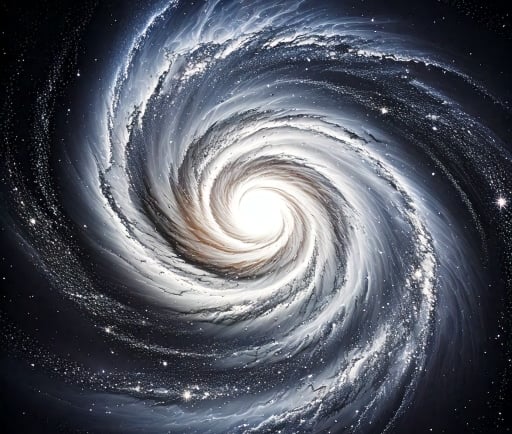The Bode's Galaxy: A Spiral Marvel in Space


Introduction to Bode's Galaxy
Bode's Galaxy, also known as Messier 81 or NGC 3031, is a stunning spiral galaxy located approximately 12 million light-years away in the constellation Ursa Major. Its grandeur and comparatively bright core make it one of the most recognizable galaxies from Earth, and it has captivated astronomers and enthusiasts alike since its discovery in the late 18th century.
The Structure of Bode's Galaxy
This magnificent spiral galaxy spans roughly 90,000 light-years and contains hundreds of billions of stars. Bode's Galaxy exhibits well-defined spiral arms that radiate outward from the dense central nucleus, which is home to an active supermassive black hole. The arms of the galaxy are rich in star formation, housing many young blue stars that contrast beautifully with the older yellow and red stars found in its halo.
Observing Bode's Galaxy
For amateur astronomers, Bode's Galaxy is a delightful subject for observation. On clear nights, it can be seen with modest telescopes, and its distinct spiral structure becomes visible in more powerful telescopes. Bode's Galaxy pairs beautifully with its neighboring galaxy, the Cigar Galaxy (Messier 82), forming a stunning duo that offers a glimpse into the interplay of gravitational forces in space. Observing these two galaxies not only captivates the eye but also highlights the wonders of the cosmic tapestry in our universe.
The study of Bode's Galaxy has contributed significantly to our understanding of galaxy formation and evolution. Its proximity allows astronomers to analyze its characteristics in unprecedented detail, leading to insights into the complex processes shaping galaxies over billions of years.
In summary, Bode's Galaxy stands as a testament to the beauty and complexity of the cosmos, representing both a scientific treasure and an awe-inspiring display of cosmic artistry. Whether viewed through a telescope or captured in images from advanced space observatories, it remains a subject of endless fascination, encouraging ongoing exploration and study of the universe beyond our own planet.
